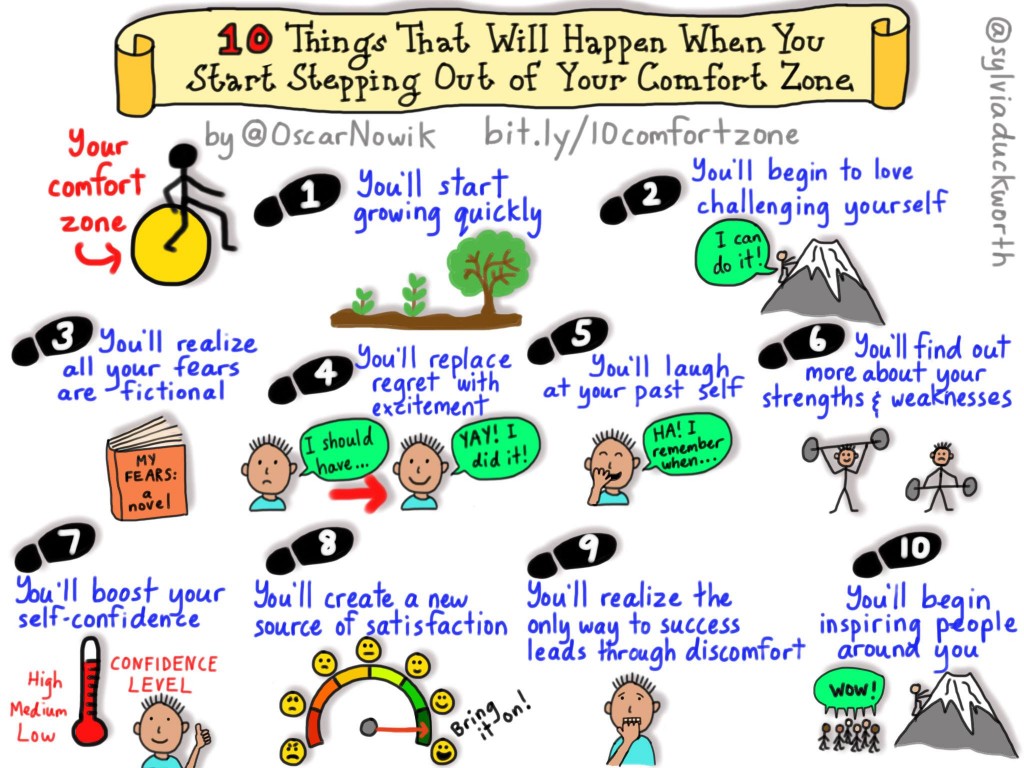
Teachers complain about discuss the quality and quantity of professional development (PD) constantly: they seek for differentiation, wish it was more teacher-led as opposed to ‘sit and soak’ and other poor pedagogical methods, there’s no time for PD, there’s too much time taken up with PD, too hot, too cold, sun’s in my eyes, etc. We have instructional coaches, TOSAs, continuing credits, clock-hours (do other states have this concept?), team leaders, curriculum or department heads, district supervisors, outside resources; all manner of talent and authoritative voices providing a spectrum of instruction for the instructors.
But when teachers are given the opportunity to learn something new and they flat-out refuse to participate, what happens then?
Two examples came my way recently, (not naming names to protect the innocent, and not so innocent): in one district, the teachers work their daily shift and feel resentful when any professional development is offered (even with extra pay) off-hours. The district leader tried to bring a reading guru in for elementary school teachers, and the attendance was extremely poor. The second anecdote happened when a good friend tried to share an amazing lesson from a PSWP/NWP teacher/consultant. The morning of her share-out her allotted timeslot came after someone shared charts from Pinterest so they could track growth. The focus was simply tracking growth, no instruction. A huge component of teaching writing is showing and modeling to students a writing life, and how to craft this ‘writing life’ — which means–you write. The teachers wouldn’t write, huffed and puffed, and were as recalcitrant as many of their students.
What a shame.
Seriously.
Most of the teachers were so focused on the tracking of data they’ve lost complete sight about what good instruction is so they CAN GET THE GOOD DATA THEY WANT. Dang, did I just hit the all caps button–okay, okay– calm down. I’m fine. Deep breaths. Deeeeeep breaths…
I recently had the opportunity to share some solid, cross-curricular vocabulary instructional strategies with the staff (another reason I think my new admin rocks). I saw a need, asked my principal, and she green-lit my presentation. Now: timing. That’s the thing. It couldn’t be during a staff meeting because the necessary focus (and very useful and organized) needed for veterans and new staff trained for testing. This proved another opportunity for the veterans to share tips and knowledge about testing, so that was empowering. Since I wouldn’t have a (trapped) audience, I offered the staff two options: an afternoon session and a morning one. My principal sent out an email, too, and offered extra pay for those who attended. During the afternoon session, I had one colleague show up, but because it was just the two of us, we got a chance to explore further. The morning session an ELL paraeducator and a science teacher attended, and that also proved beneficial: the three staff members who attended clearly wanted to expand their knowledge, and the conversations were collaborative and we all learned from one another. They wanted to be there and took away vocabulary strategies for their content areas.
So what goes awry with PD? There may be multiple issues at play:
- Purpose for instruction isn’t clear
- Benefit to teachers’ time isn’t clear
- Benefit to teachers’ content area isn’t differentiated or valued
- Benefits to student learning aren’t clear
- Tied in with data and mythological magic bullet approach (this will fix it!)
- Is ‘just another program the district spent money on without consulting us/me’
- The PD is patronizing and condescending
- (And this one is hard to admit) The presenter herself isn’t respected
My friend and I were marveling at one of our mutual mentors, and how she calmly controls a room full of unruly teachers, gains their engagement and curiosity, and gives practical, real-time instructional powerhouses of lessons. I find that PD that I’ve paid for, planned for, etc., also holds more value than some of the sweeping, generalized PD I’ve received ‘for free.’
And just as the issues for ‘bad PD’ are complex, the solutions are as well. Let me rethink that: maybe not. Go through the issues list and when planning for PD, if you can reflectively and honestly respond to those PD pitfalls, you’ve most likely done a pretty good job of coming up with something that folks want. I have found I can lessen the ‘shoot the messenger’ pain when I’m honest with my colleagues. Be honest with the PD–treat your colleagues and staff with respect, don’t ‘talk down to’ or treat them like students, even if you think they’re ‘acting that way.’ It’s tough to grow mindsets when the soil is toxic.*
Nod to Laura Randazzo who created one of the vocabulary strategies.
Here’s a ‘how to’ Sparkol I created based on some lesson I saw somewhere -http://sho.co/17DRF
There’s No “I” in Teacher: 8 Tips for Collaborative Planning
Managing Conflict in School Leadership Teams
*An example of toxic versus non-toxic:

